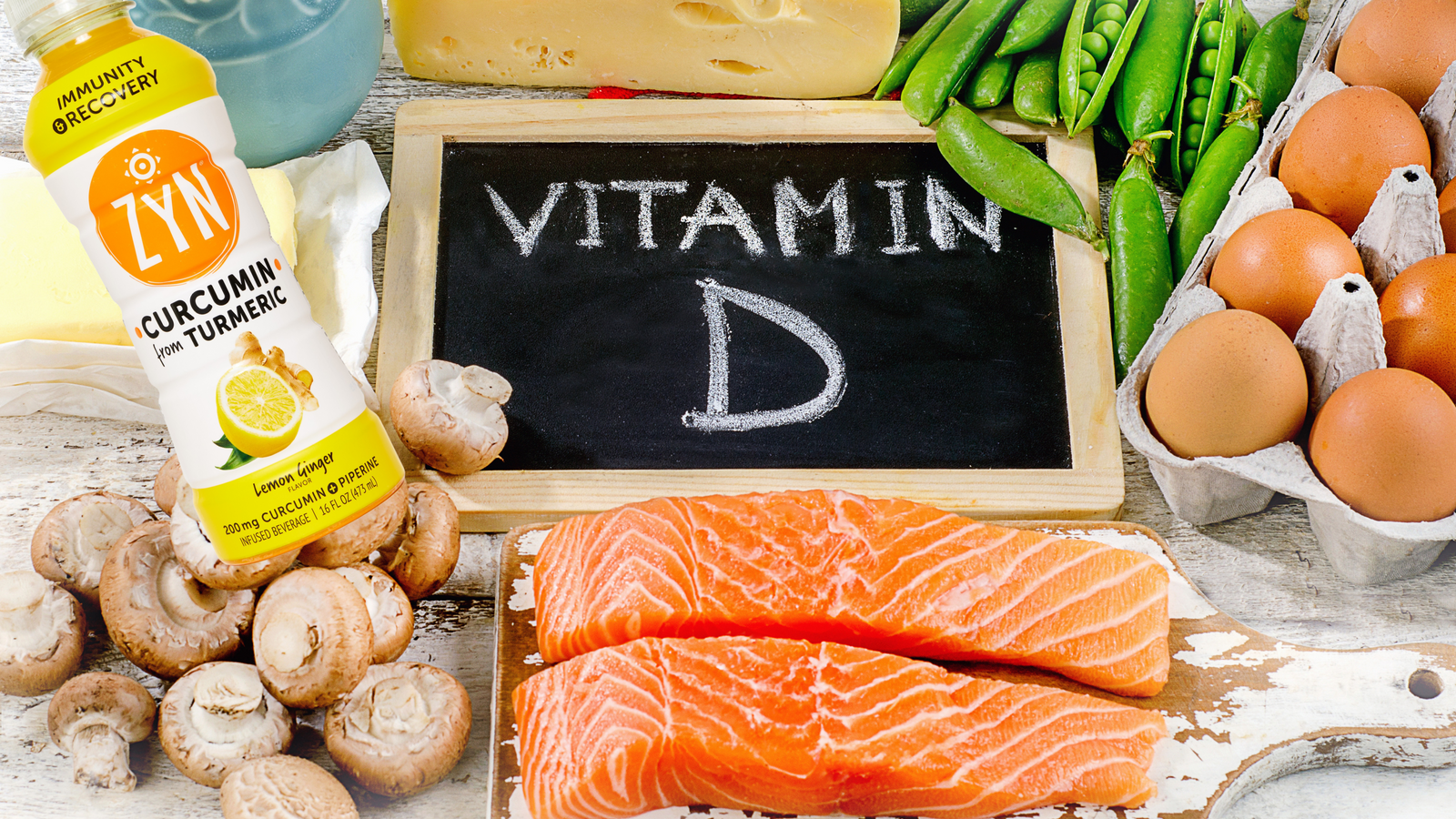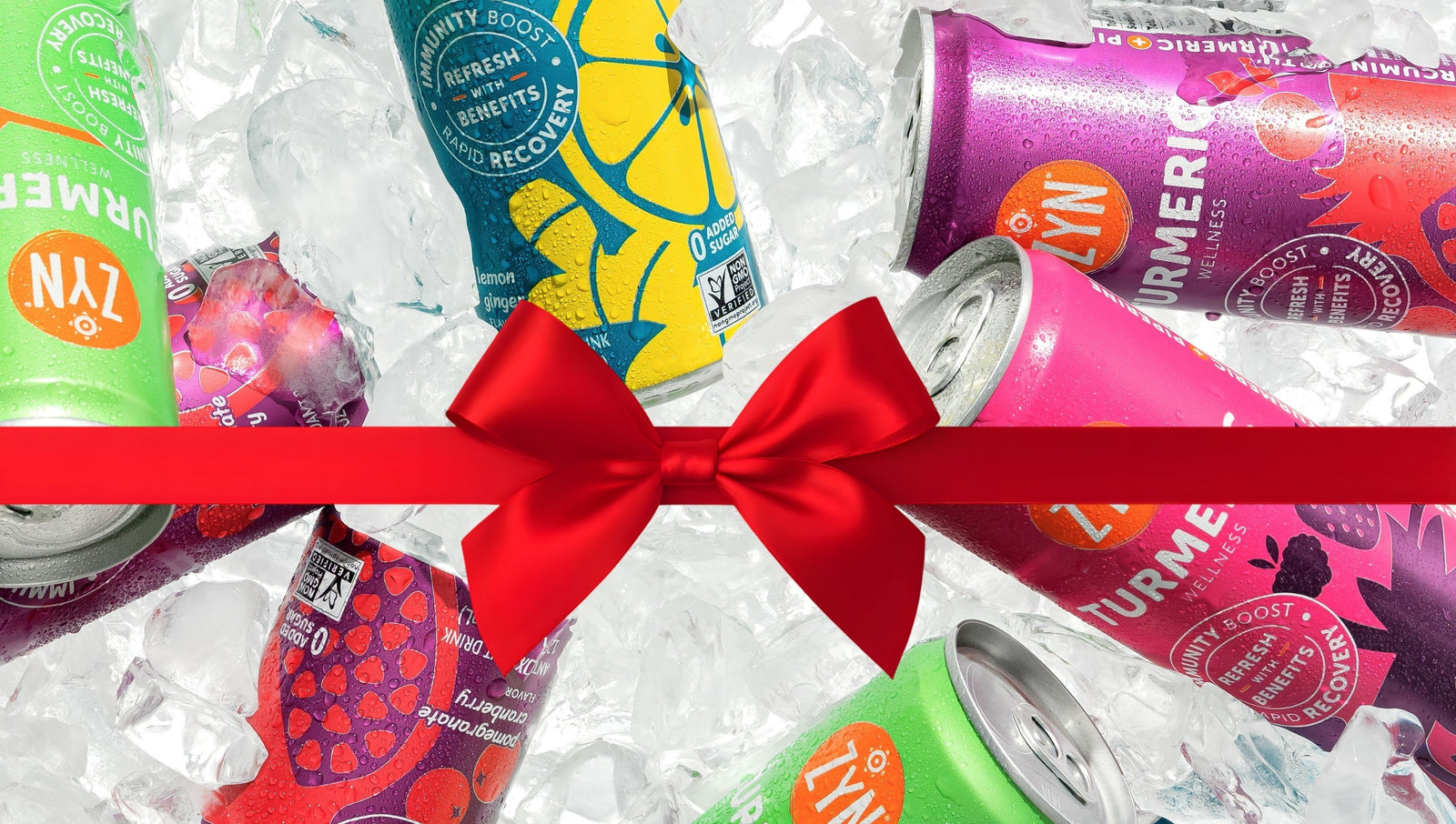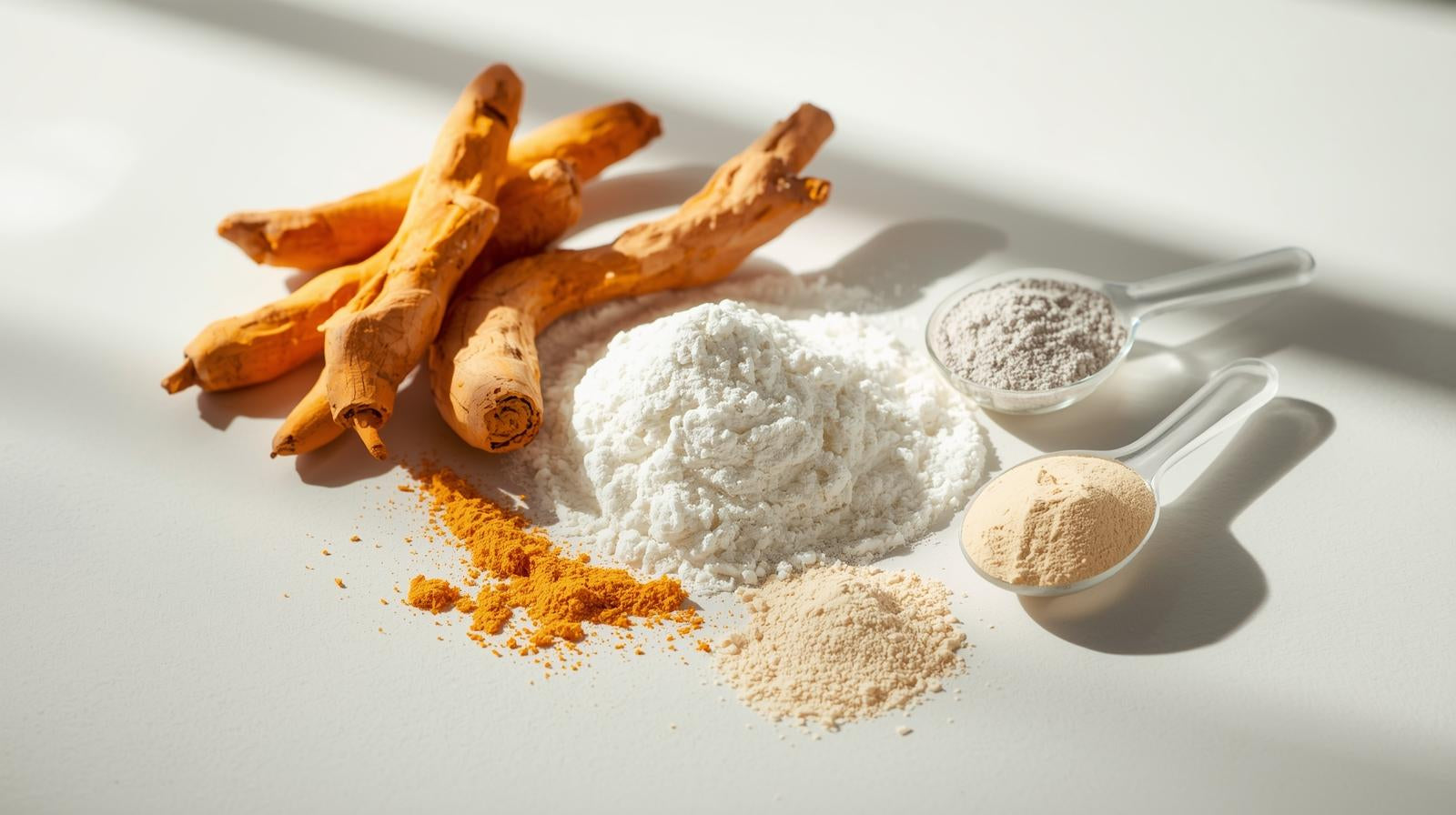Written by: Holly Larson, MS, RDN
Is sunshine enough to maintain your levels of vitamin D? For many of us: probably not! So, how do you get vitamin D naturally, and why is it important? Let’s discuss!
First, a quick overview of what vitamin D does in your body.
What is vitamin D?
Vitamin D is a fat-soluble vitamin that is a workhorse in our body. While we are able to make vitamin D, if conditions are right, most of us also need to have vitamin D from our foods and drinks in order to have adequate amounts.
Many of us are low in vitamin D. If you’re curious about your vitamin D levels, your doctor can check with a simple blood test.
What does vitamin D do?
Vitamin D does many important jobs in our body to maintain our health and wellness.
Vitamin D may be most famous for bone health. It allows our body to absorb and use calcium. If your vitamin D levels are very low, for an extended period of time, you’re at risk for rickets (soft bones in children) as well as osteoporosis and osteomalacia (soft, weak bones in adults) (1).
But that’s not all; low vitamin D impacts your immune system. Plus, being low in vitamin D means you’re at greater risk of infections as well as autoimmune conditions, including Multiple Sclerosis, Crohn’s disease and type I diabetes (2).
Being low in vitamin D also increases your risk of depression and anxiety (3). Vitamin D has roles far beyond bone health and calcium metabolism.

How to get Vitamin D naturally from the sun
Vitamin D is famous for being the “sunshine vitamin.” Being outside, when the sunlight is strong enough, allows our skin to synthesize vitamin D.
The catch is, most of us are spending the majority of our days indoors. And when we do go outside, we might be covered in clothing, sunscreen and sitting in the shade with a hat on. We are not making much vitamin D in those conditions!
To further complicate things, not all sunshine has the same potential to allow you to make vitamin D. The further you are from the equator, the weaker the UV rays are. And, the UV rays are not as strong in the winter as they are in the summer.
Plus, the UV light from the sun has to actually hit our skin for us to be able to make vitamin D. And unfortunately, sunbathing in the living room won’t work, either. The light coming through a window doesn’t work - you have to be outside (4).
Our ability to synthesize vitamin D declines with age: older adults are at greater risk than children and young adults.
And, the more melanin we have in our skin, the harder it is for our bodies to make vitamin D. Melanin – the natural pigment in our skin – acts as sunscreen.
Having exposure of 10% of your skin, for 10-15 minutes a day, does boost your vitamin D levels. We don’t need to abandon sunscreen or visit a tanning bed. Moderate sun exposure, done consistently, contributes to optimal vitamin D levels, not to mention our improved mood (5).
For most of us, we don’t spend enough time outside to synthesize enough vitamin D. We must consume foods and drinks rich in vitamin D to have adequate levels of it.
Naturally occurring vitamin D from our diet
Unfortunately, vitamin D is naturally occurring in few foods. Dang!
Vitamin D can be found in wild fish, such as wild salmon, eggs, and mushrooms, if they are exposed to UV light while being grown (kind of cool that our produce gets to visit the tanning bed!). Not all mushrooms are exposed to UV light; check your labels before you buy (6).
Are you eating wild salmon every single day? Most of us are not.
To ensure that you’re having vitamin D each day, it is best to enjoy foods and drinks that are fortified with vitamin D consistently.
Foods fortified with vitamin D
These days, it is easier to find healthy foods that are fortified with vitamin D, especially drinks.
ZYN Daily Wellness Drink Mix are fortified with 100% of the recommended daily amount of vitamin D, in addition to other important nutrients such as vitamin C. Not only is it healthy and immune-boosting, it tastes great! A drink fortified with Vitamin D, one or two times a day, can make a significant positive impact on your vitamin D levels.
Other fortified foods can include cow’s milk, fortified non-dairy milk, and fortified orange juice.
Note: yogurt and cheese is not typically fortified with vitamin D.
Key takeaways: How do you get vitamin D naturally?
Spending time outside each day, with some skin exposed to sunlight, is a mood-boosting opportunity for your body to make vitamin D, naturally.
In addition, enjoying foods and drinks that are a rich source of Vitamin D, such as ZYN drink mix, help to optimize your health and wellness, naturally.
*These statements have not been evaluated by the Food and Drug Administration. The products are not intended to diagnose, treat, cure, or prevent any disease.

Holly Larson is a Registered Dietitian Nutritionist and is the owner of Holly Larson Writes LLC, a nutrition copywriting boutique for dietitians in private practice and wellness brands. Holly is the founder of The RD Blog Club, a writing community for RDNs to learn to write blogs effectively and consistently. In her free time, Holly loves to read, garden and hike with her bernedoodle, Teddy.





